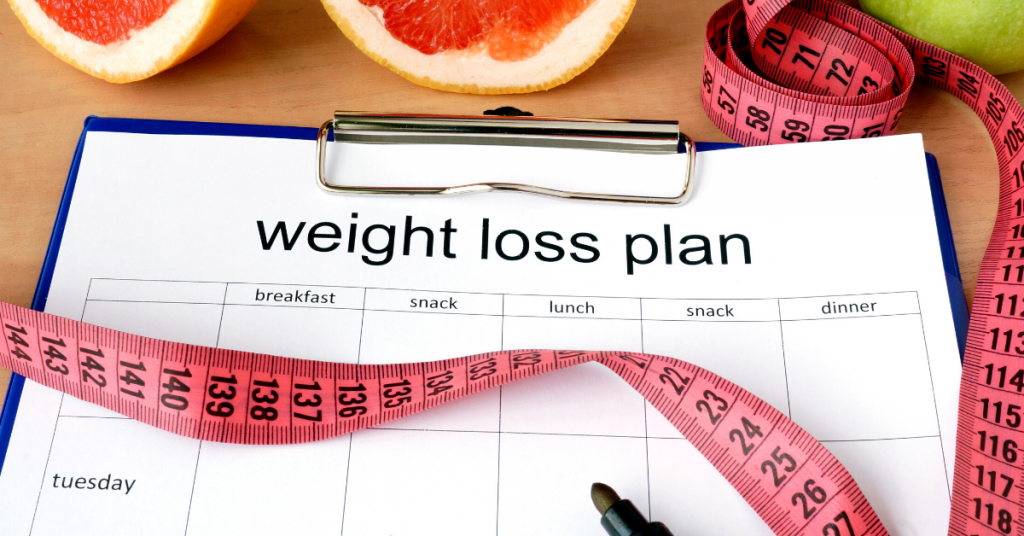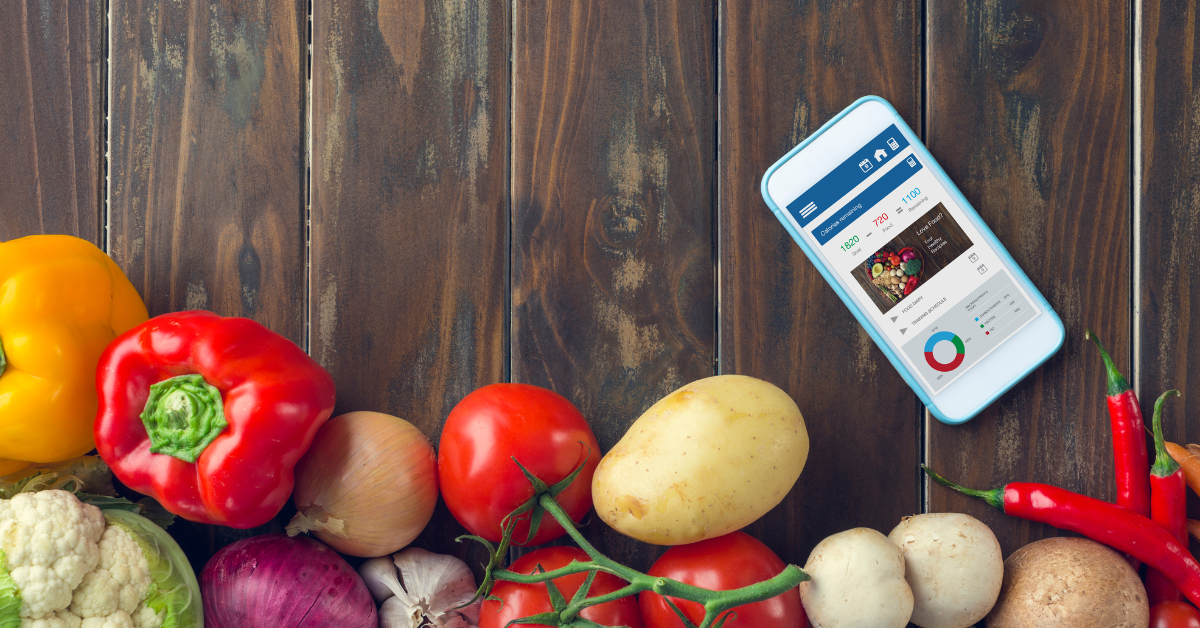If you want to lose weight and keep it off, you need a plan. Here are the things you should consider, some practical suggestions and some surprising facts too.
“I want to lose weight.” How often have you said it, but not achieved it? Most women, and a lot of men, have said but not achieved this more times than they care to remember. But, as you should know by now, wishing for it, doesn’t make it happen. So how can you turn “I want to lose weight” into “Yippee, I’m losing weight and feel great”.
Firstly, I don’t have a magic wand, but nor does anyone else. Weight loss is one of the things you need to work at, not just wish for. Here’s a plan of campaign. Read it, think about it, but most importantly put it into practice. Knowing this stuff doesn’t mean you lose weight. Acting on it, means that you’ll almost certainly lose weight and look and feel a whole lot better.
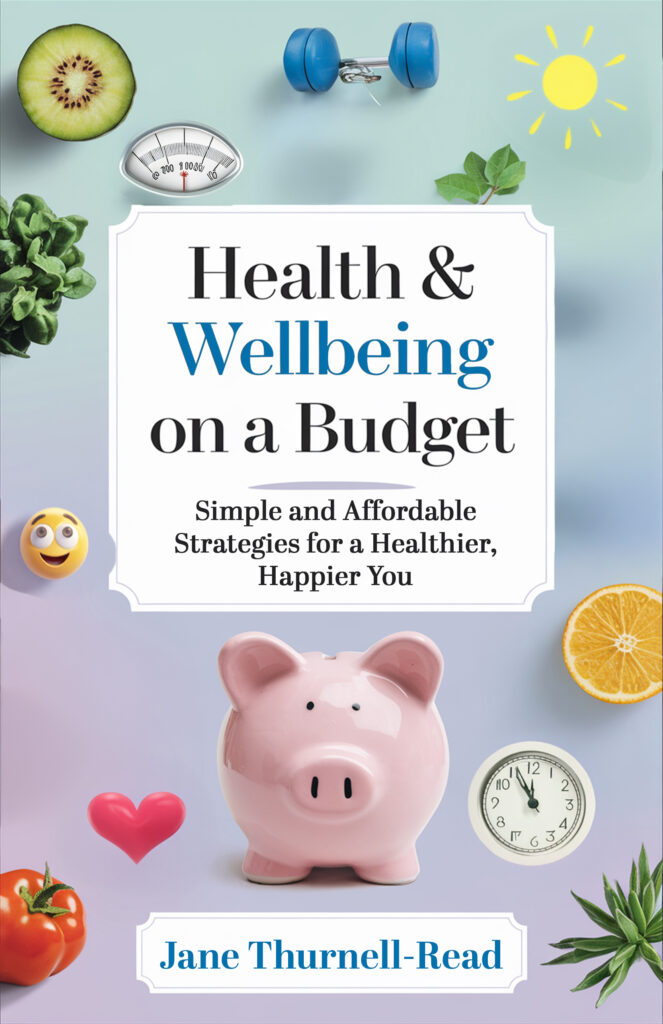
“This is one of the best books I’ve read in awhile! Living a healthy life can seem daunting and impossible. This book takes something that seems difficult and breaks it down into easy, mostly free, simple attainable goals.” Amazon US customer
Simple and Affordable Strategies for a Healthier, Happier You
First have a quiet moment and stop wishing
This may seem crazy, but just bear with me. There are people who have got down to their ideal weight,. They have kept the weight off and look and feel great. They almost all had a quiet moment before they started.
By this I mean that they stopped thinking about the future and wishing for change. They stopped beating themselves up for how they were. They accepted what and who they were. In that quiet moment they made a decision to do what they needed to do to live a healthier life.
Does it sound grandiose to say that in that moment they experienced unconditional love for themselves?
Are you saying: “I couldn’t do that.” Remember when you give yourself unconditional love you are not saying you are perfect. You are loving yourself in spite of or even because of your imperfections. I’m not saying you have to do this for the rest of your life. Just for a quiet moment while you accept where you are and commit yourself to something better.
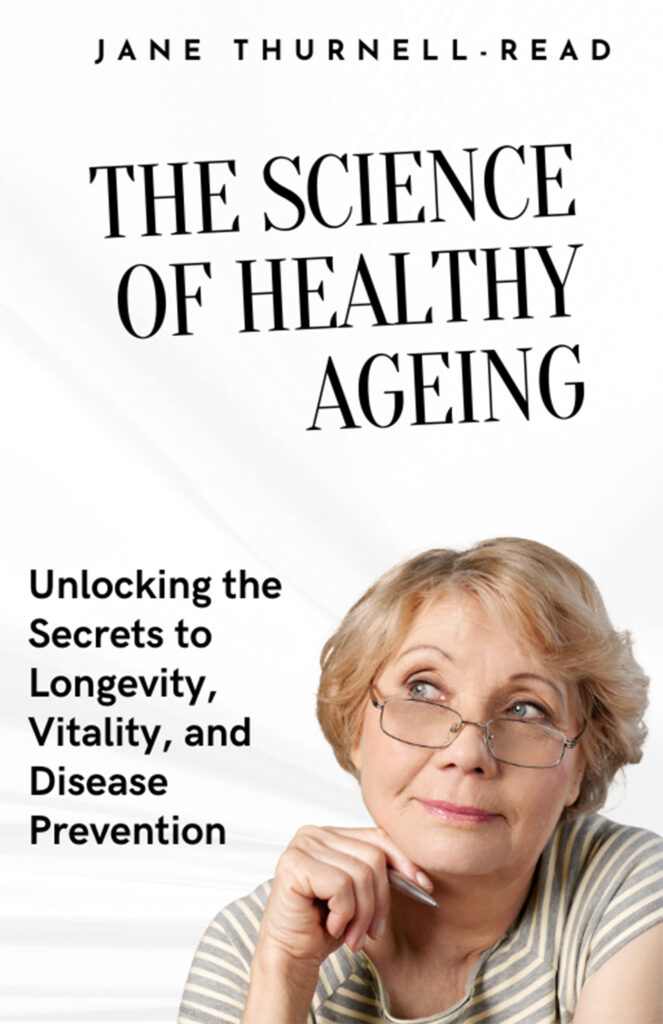
“An excellent book, concise and factual therefore easy to read by ‘dipping in and out’. Lots of good advice on implementing strategies that will help to promote and maintain good health including maintaining strength, balance and mobility – so important as we get older. I recommend this book to anyone who wants to optimise their health. Amazon UK customer
Unlocking the Secrets to Longevity, Vitality, and Disease Prevention
Nail what you want to achieve
For a start this is far too vague. You could lose weight by getting seriously ill, but I presume you wouldn’t want to lose weight this way. Get precise; put some flesh (!!) on this vague but delightful thought:
How much do you want to lose?
What do you want to weigh?
What size clothes do you want to wear?
Is there something you’d like to do or wear that you won’t or can’t right now because of your weight?
Answer the questions and paint yourself an exciting picture of who and what you are at your ideal weight.
Be realistic
When you’ve done that, do a reality check. Weighing ten pounds (five kilos) less is probably not going to make you deliriously happy. You’ll still have money problems or work problems or other problems that will need sorting out.
Recognise that losing weight and eating more healthily is not going to be completely plain sailing. You will make mistakes, but that doesn’t make you a bad person or mean that you will fail in the long run. Don’t set yourself unrealistic targets – it probably took you a long time to weigh this much. Be patient with yourself.
Be optimistic
Know that it is possible for you to succeed, even if you’ve never succeeded before. You can do it with this strategy which isn’t focussed on dieting and forbidden foods.
Find ways of connecting with your body and knowing when you are really hungry
Sydney Spoon, MS, RDN, CSSD, LD is a a registered dietitian/nutritionist at Spring Valley Hospital, Las Vegas, Nevada, and owner of Spoon Nutrition PLLC. She says:
“Hunger and fullness hormones are constantly being expressed, but are often ignored. When an individual tunes into their body, it is easier for them to regulate the amount and types of food that are needed for proper fueling.”
Make a plan
OK, so you know what you want to achieve, but you need to plan what to do:
- What information do you need?
- Whose help do you need?
- What equipment do you need?
- Work it out and go get it.
Get motivated
There are lots of reasons that you might want to lose weight and eat more healthily. But don’t just be satisfied with those. Get yourself even more motivated by finding all the other reasons to lose weight. Did you know, for example, that there’s a direct link between obesity and some of the common eye conditions that cause blindness?
Do your research
Be an intelligent weight-and-shape master. Did you know, for example, that:
- research has shown that skipping meals doesn’t work – you just eat more at another time.
- that research in the last few years has shown that lack of sleep affects the hormone leptin, which helps to control our appetite. Sleep more and eat less.
My book “190 Weight Loss Hacks: How To Lose Weight Naturally And Permanently Without Stress” is a quick way to get access to lots of research-based information in a practical format you can use.

“Lots of really useful tips, all backed up by scientific studies. Some tips are super-easy to implement with very little effort and I will definitely be trying those. Nicely written in an easy-to-read format (dip in and out as and when you have time).” Amazon UK Customer
How To Lose Weight Naturally And Permanently Without Stress
Dealing with cravings
Cravings can lead to failure. Two big reasons for cravings are allergies and nutritional deficiencies. You may want to explore this with a properly qualified health therapist or nutritionist.
Slow down your decision making about what to eat
There’s some interesting research from Duke University (USA), which shows how important this is. For the study, the researchers recruited 79 young adults. Study participants were asked to fast for four hours before the experiment to ensure they arrived hungry.
Participants were asked to rate snack foods on their tastiness, healthfulness and desirability. They were then presented with pairs of foods and asked to choose between them — and the researchers timed their choices. At the end of the experiment, participants were offered one of the foods they had chosen.
Study participants registered taste information early in their decision process — taking about 400 milliseconds on average to incorporate taste information. Participants took twice as long to incorporate information about a snack’s healthfulness into their decisions.
That may not sound like much time. In many cases though, it’s enough to alter the choice we make.
One way you can develop slower decion-making around food is through mindfulness. I recommend Headspace, which has a specific course for mindful eating.
Mindfulness training seems to create a space between the desire to shove food in your mouth and the action. In that miniscule amount of time, it is possible to make a different, more healthy choice.
Mindfulness training may well increase the time it takes to make the decision, allowing a more considered choice to appear.
Use Therapies
Many complementary and alternative therapists can help you lose weight. Try consulting a nutritional therapist, a hypnotherapist, a kinesiologist, or someone who practices NLP or life coaching. Get you colon cleansed and your body detoxed. Have some massage to help you stay calm and relaxed. The possibilities are endless.
Make small behaviour changes
Using a smaller plate and chewing more slowly can help you eat less and enjoy what you eat more. Don’t go food shopping when you’re hungry as you’re likely to buy more unhealthy food. Drink more water – often we mistake thirst for hunger. Decide that you will only eat at one place in your home – preferably sitting at a table with no distractions. This will automatically reduce the amount you eat.
Take some exercise
I know, I know – you’ve got an excuse, oh sorry – I mean reason why you can’t/don’t!! Muscle weighs more than fat but demands more calories to maintain. If you convert some of your fat to lean toned muscle through exercise your body look a whole lot better. You will also be able to eat more, but not a lot more.
Taking any exercise is great, so get started now. Once you’ve got a bit fitter stimulate your metabolism and lose weight by doing interval training. You can do this sort of training in running, cycling, power walking and swimming, for example. In interval training you do short bursts of intense activity – often for just a couple of minutes – followed by a slightly longer period of medium activity. You repeat this several times. Don’t do this every day. On other days you can do longer steadier sessions of exercise.
Follow these suggestions and you are more likely to be successful in the long term than if you follow the latest diet.
My Books
Small Shifts, Big Impact –
Backed by Science
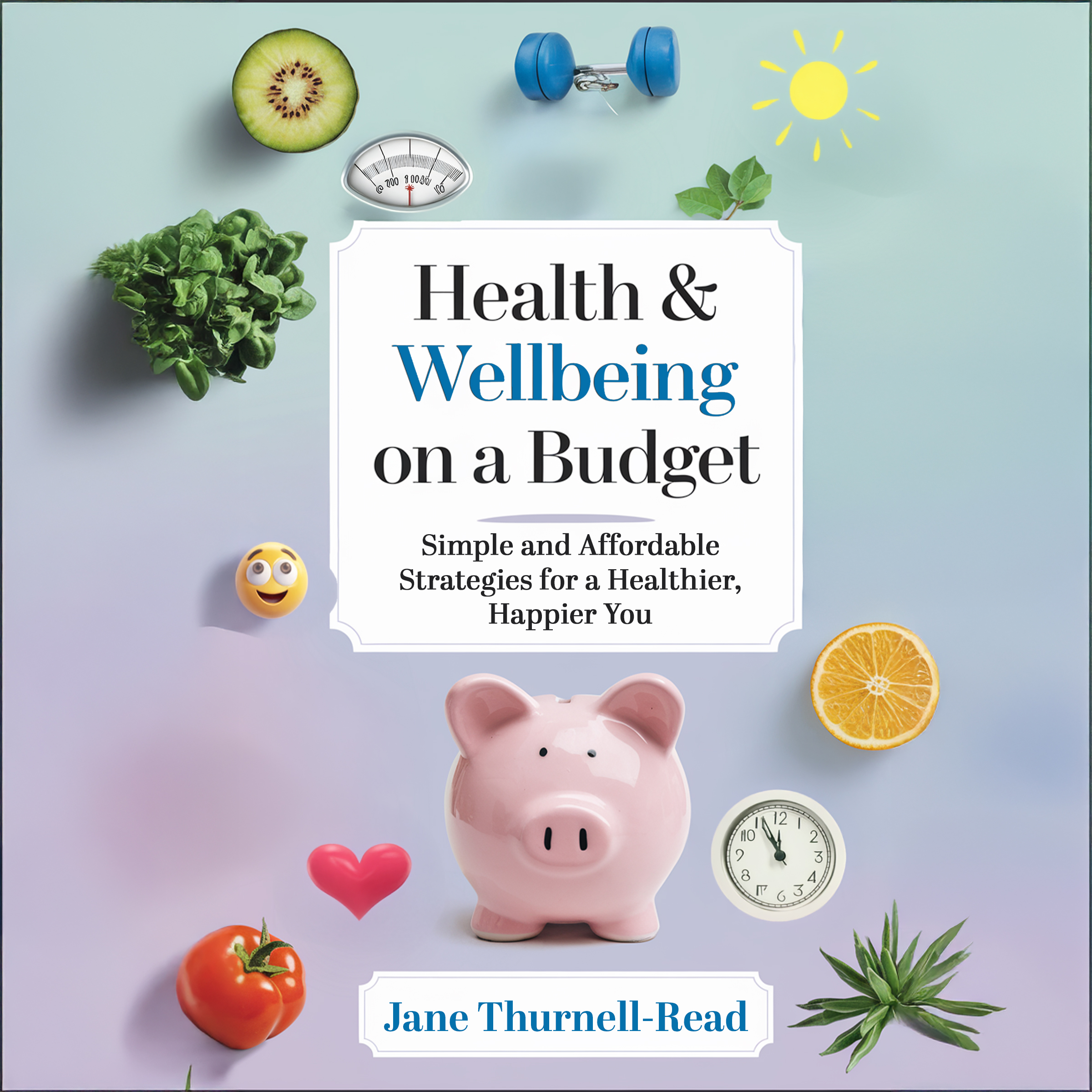
Simple and Affordable Strategies for a Healthier, Happier You

Unlocking the Secrets to Longevity & Vitality
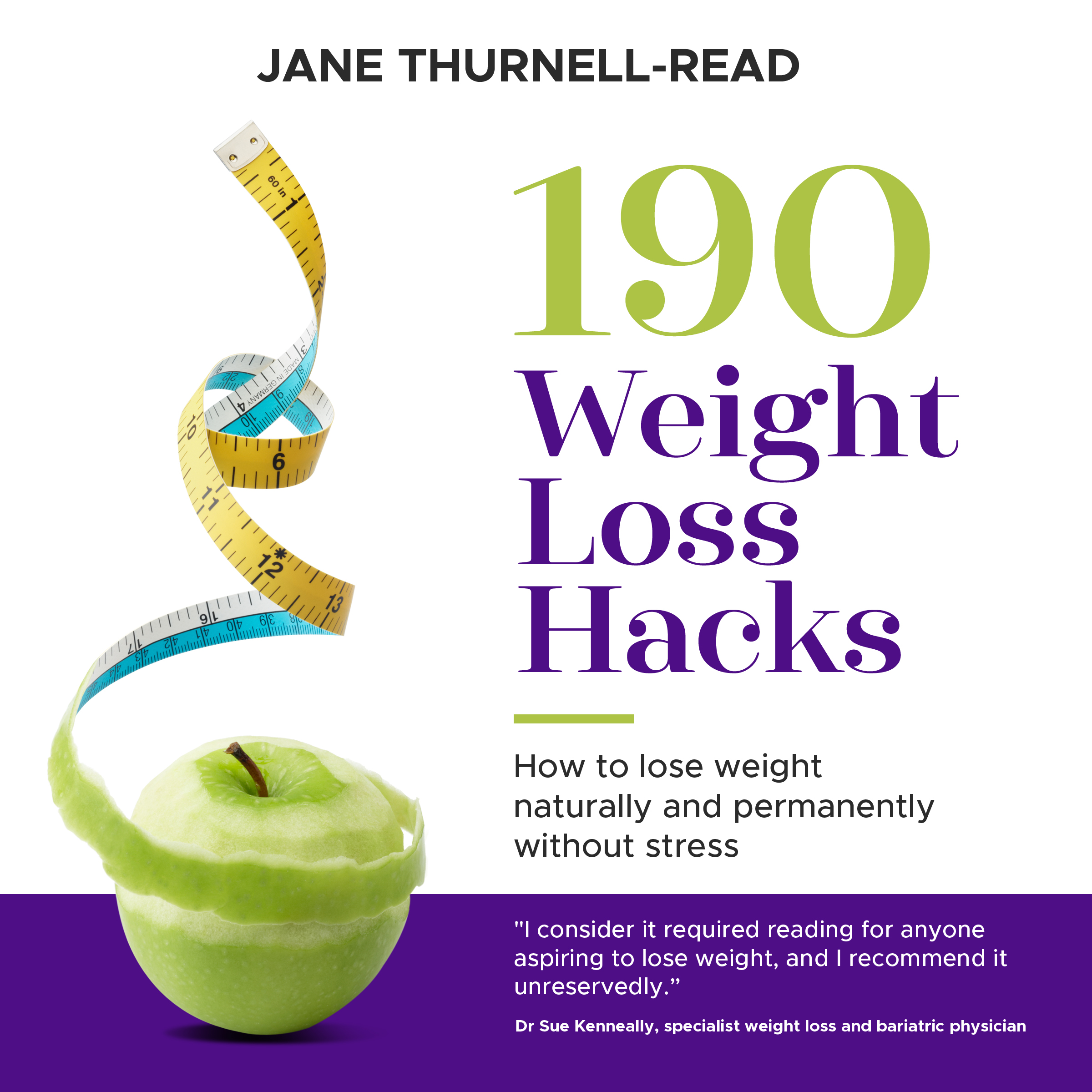
How To Lose Weight Naturally And Permanently Without Stress
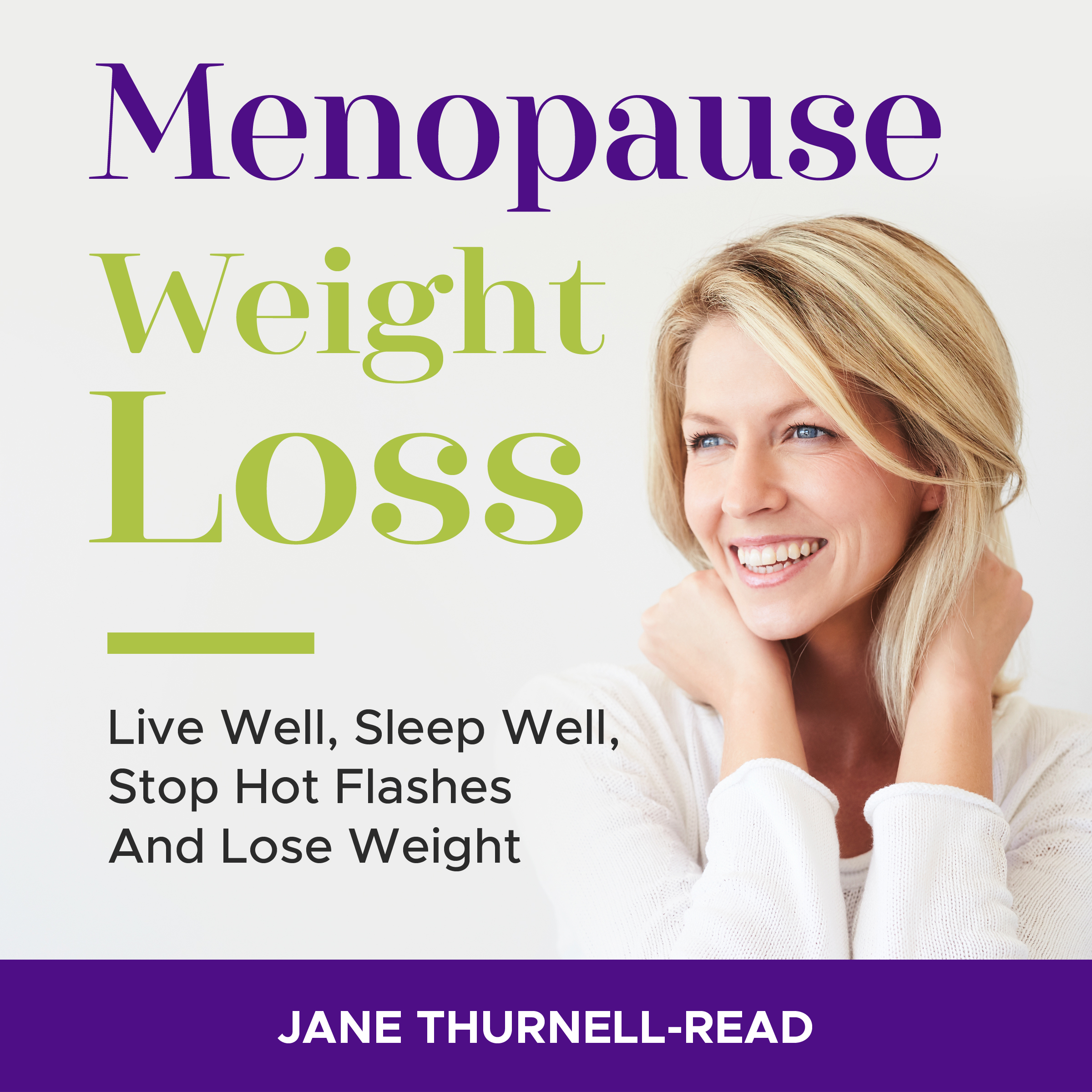
Live Well, Sleep Well, Stop Hot Flashes And Lose Weight
-
How do I keep a food diary that’s easy to maintain?
Food diaries (also called food journals) are an important method for tracking food consumption and can support a variety of goals, including weight loss, healthier food choices, detecting deficiencies, identifying allergies, and determining foods that trigger other symptoms. Research shows that…
-
Dementia doesn’t have to be your destiny
Dementia is a term for several diseases that affect memory, thinking, and the ability to perform daily activities. The illness gets worse over time. It mainly affects older people but not all people will get it as they age. Are…
-
Do coloring books reduce stress? What does the research say
Adult coloring books have become extremely popular over the last few years. They range from simple, cosy and cute scenes reminiscent of kids colouring books to animal zentangle books with intricate patterns of mandala and animals. Some include quotes and…

